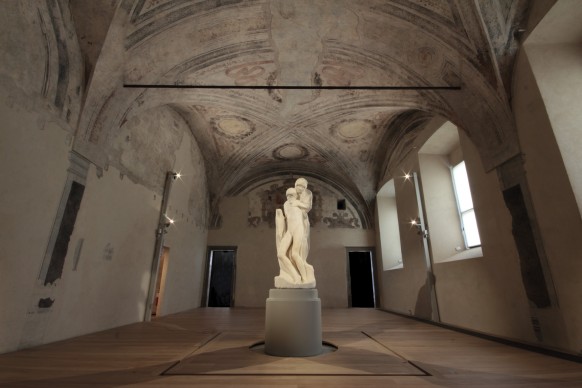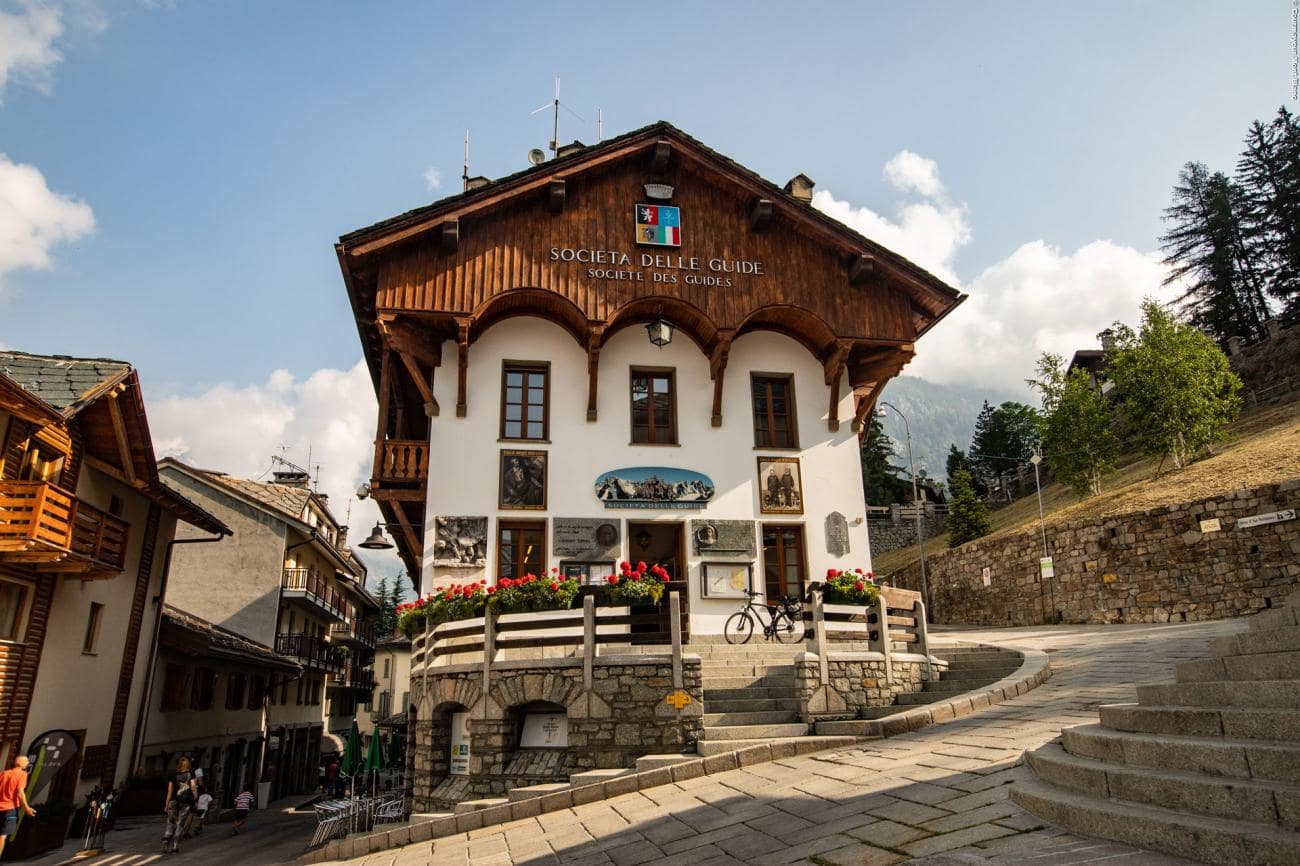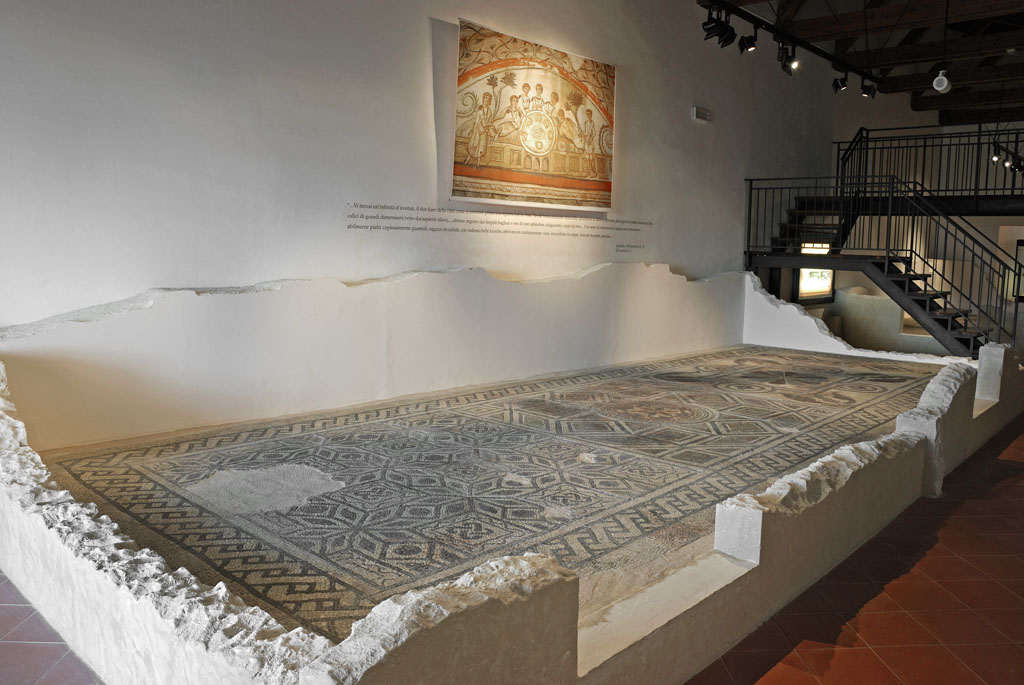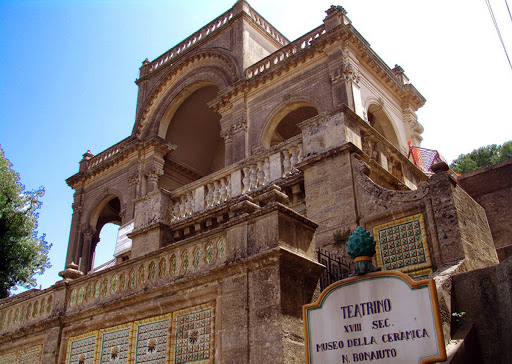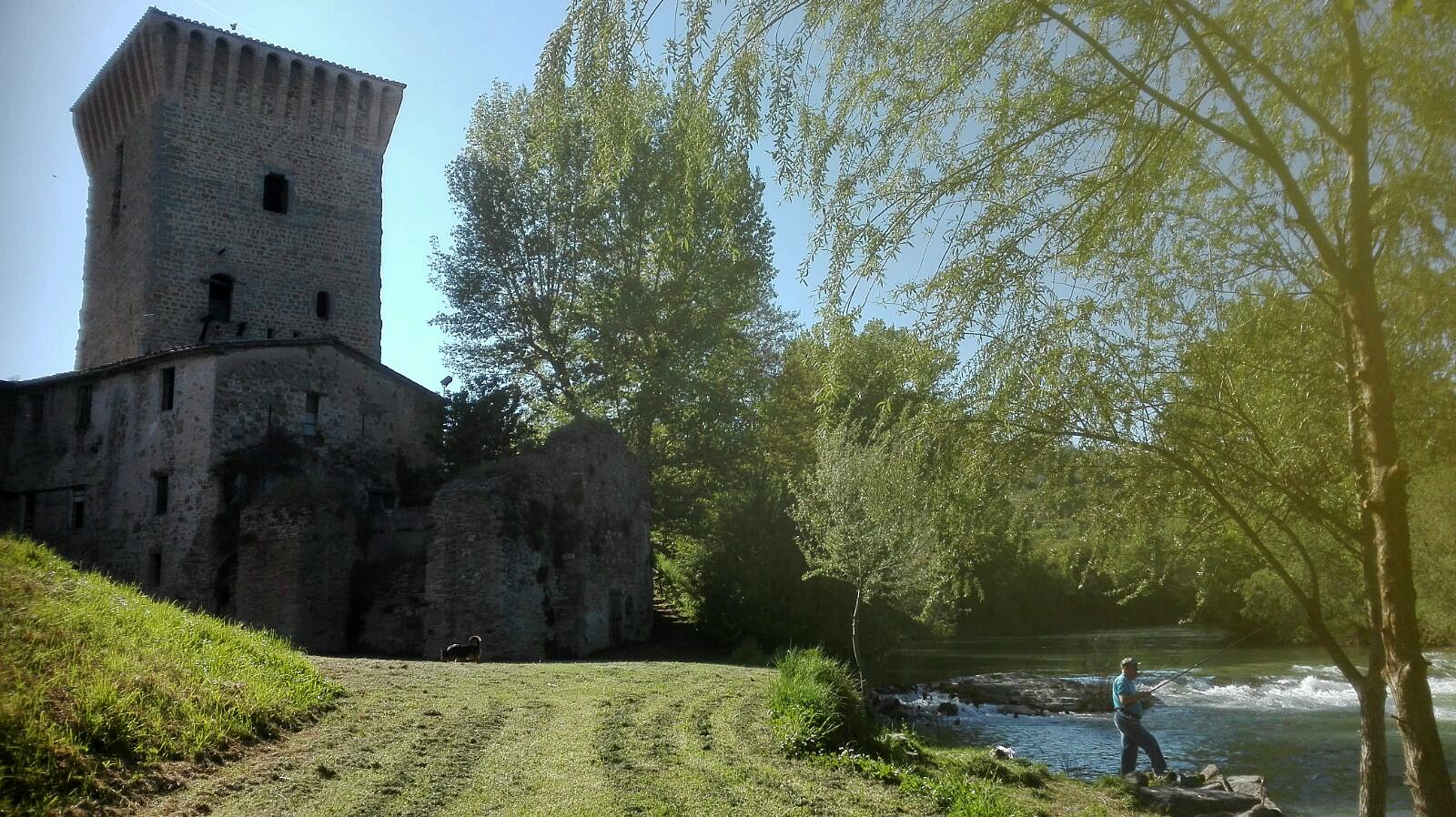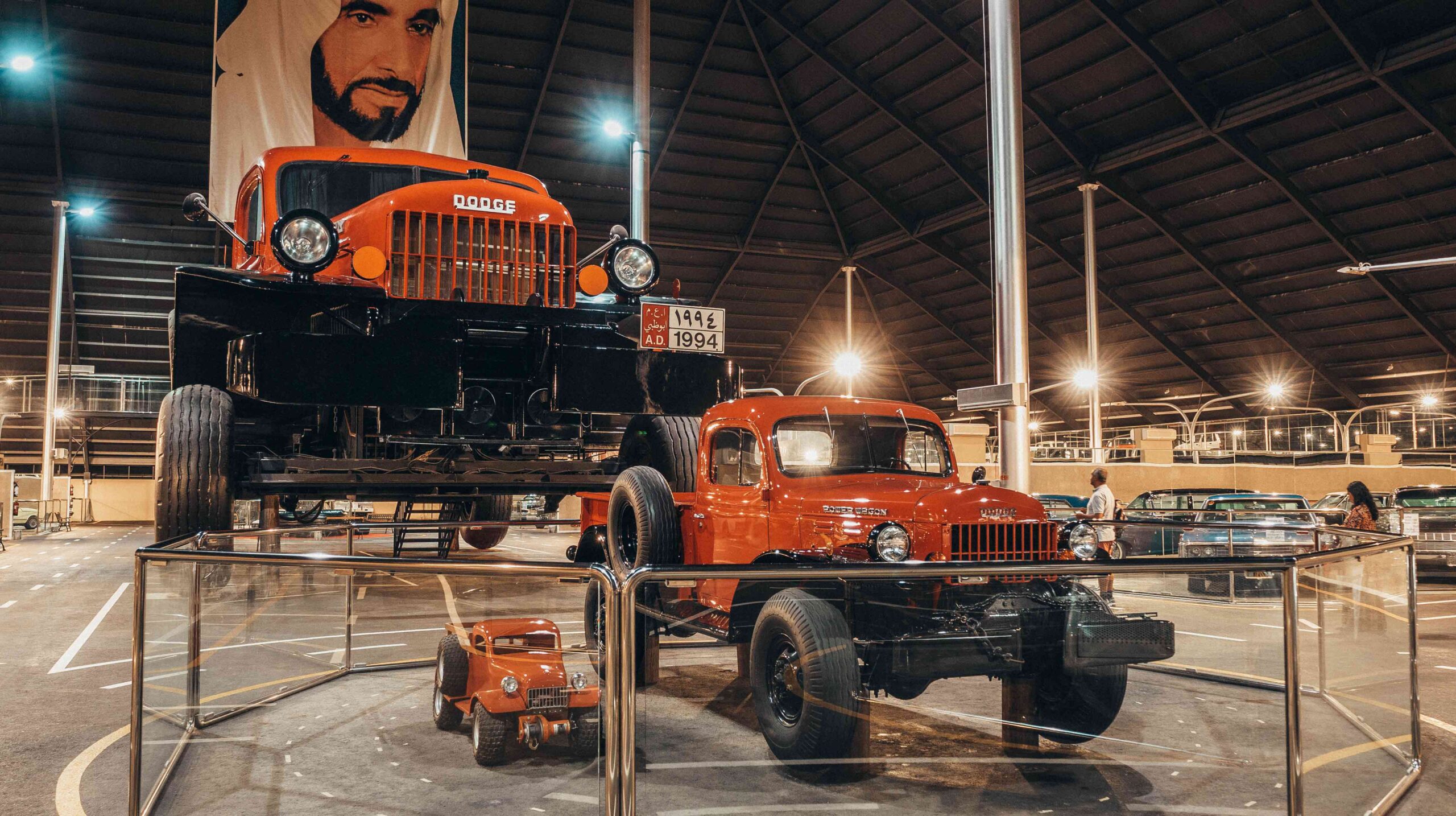Unfinished, it is undoubtedly the sculptor’s most heartbreaking work. It is the last one he put his hand to until a few days before he died at the age of 89. Michelangelo had begun it 12 years earlier, around 1552, and then abandoned it. When he resumed it in 1563, he broke the first body of Christ–of this first version we are still left with an arm detached from the main block–to carve it, with sublime insight, into the very body of the Virgin, as if she were to beget him anew to give him his spiritual death. Hence the total and moving fusion of mother and son, in which it seems almost impossible to tell which of the two bears the other. The Rondanini Pietà, in addition to its boldness of conception, is especially striking for its total break with the strictly Renaissance aesthetic of the Pietà of Rome. More than half a century apart and at the two extremes of the artist’s life, the two works recall and complement each other. From one to the other, from the luminous serenity of the former to the pathetic dispossession of the latter, we are offered, with rare density, the arc of an existence, the fascinating journey of an out-of-the-ordinary genius, who radically transformed the man of deep faith and the visionary artist.
The work is on display in Milan’s Castello Sforzesco
